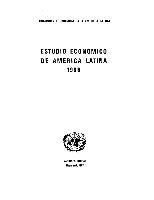Rural Land Utilization and Commercial Agriculture among Female arable Crop Farmers in South West Nigeria
Utilization of agricultural land for non-agricultural purposes poses a threat to food production and agriculture commercialization. Hence, this study examined Rural Land Utilization and Commercial Agriculture among Female arable Crop Farmers in South West Nigeria. A multistage sampling procedure was used to collect primary data through questionnaire administration. Findings shows that 71.62% of the women had land market index of 0, indicating that they obtained their land through non-transaction based method and 28.38% acquired their land through transaction based method.



